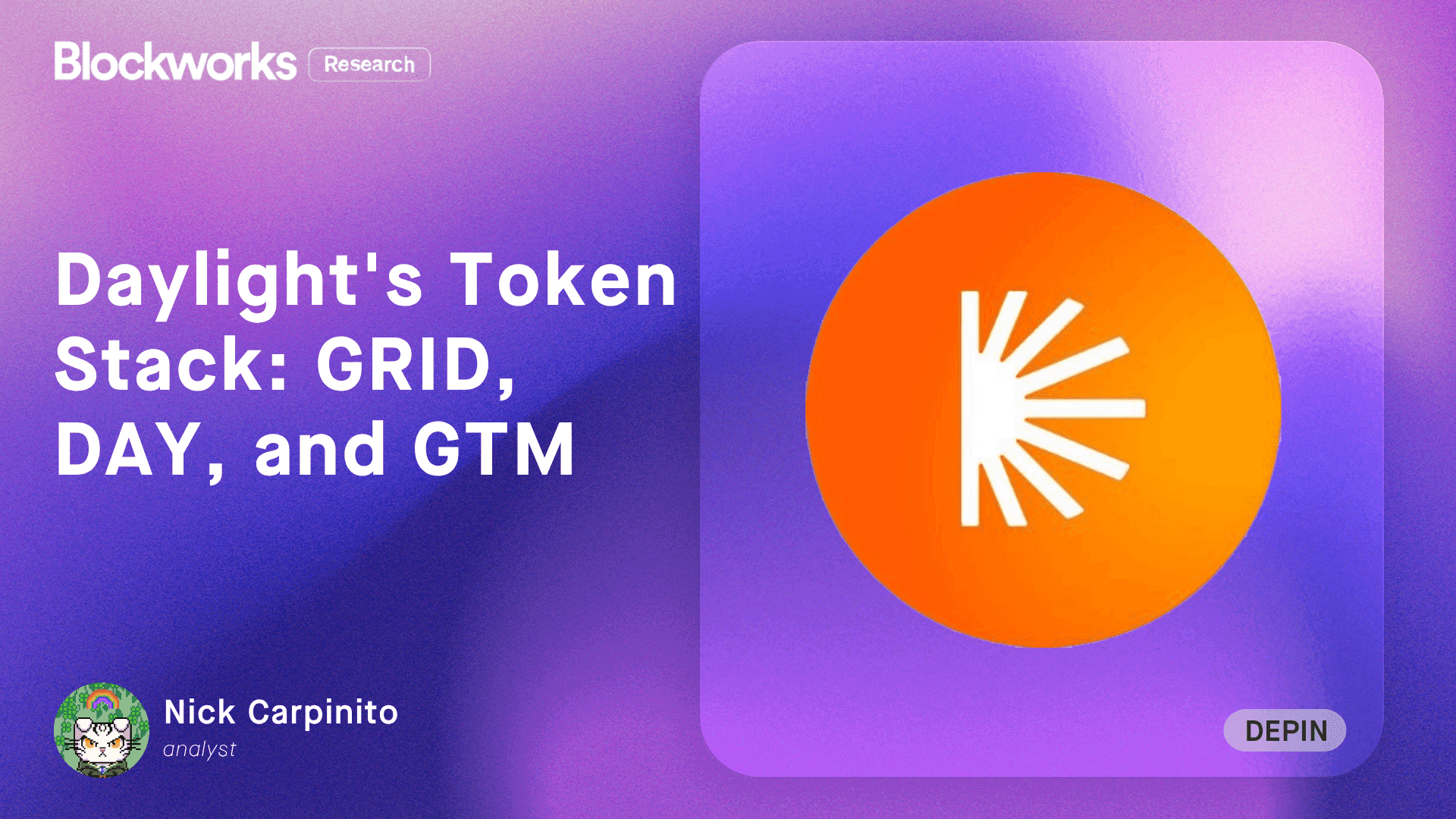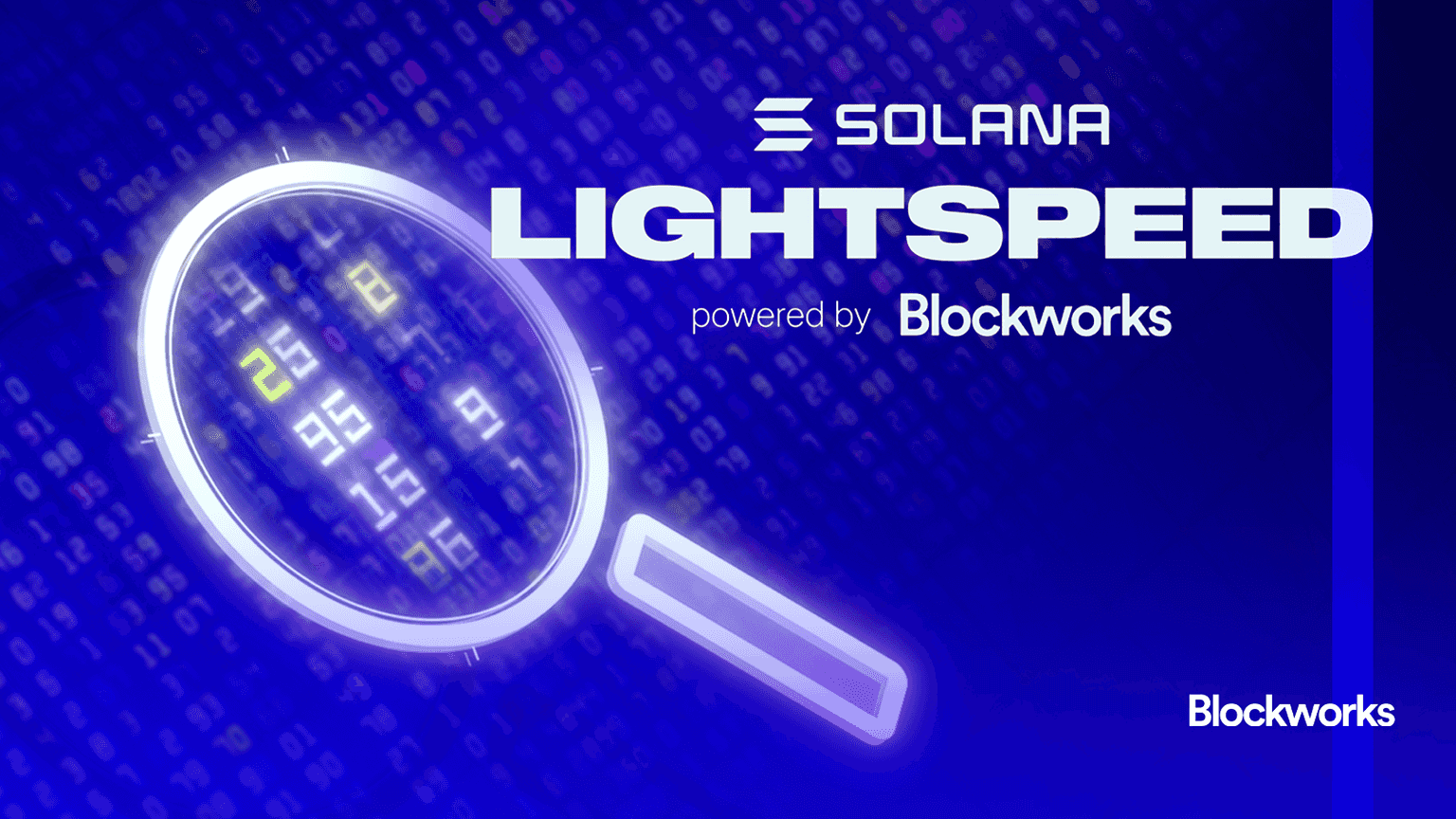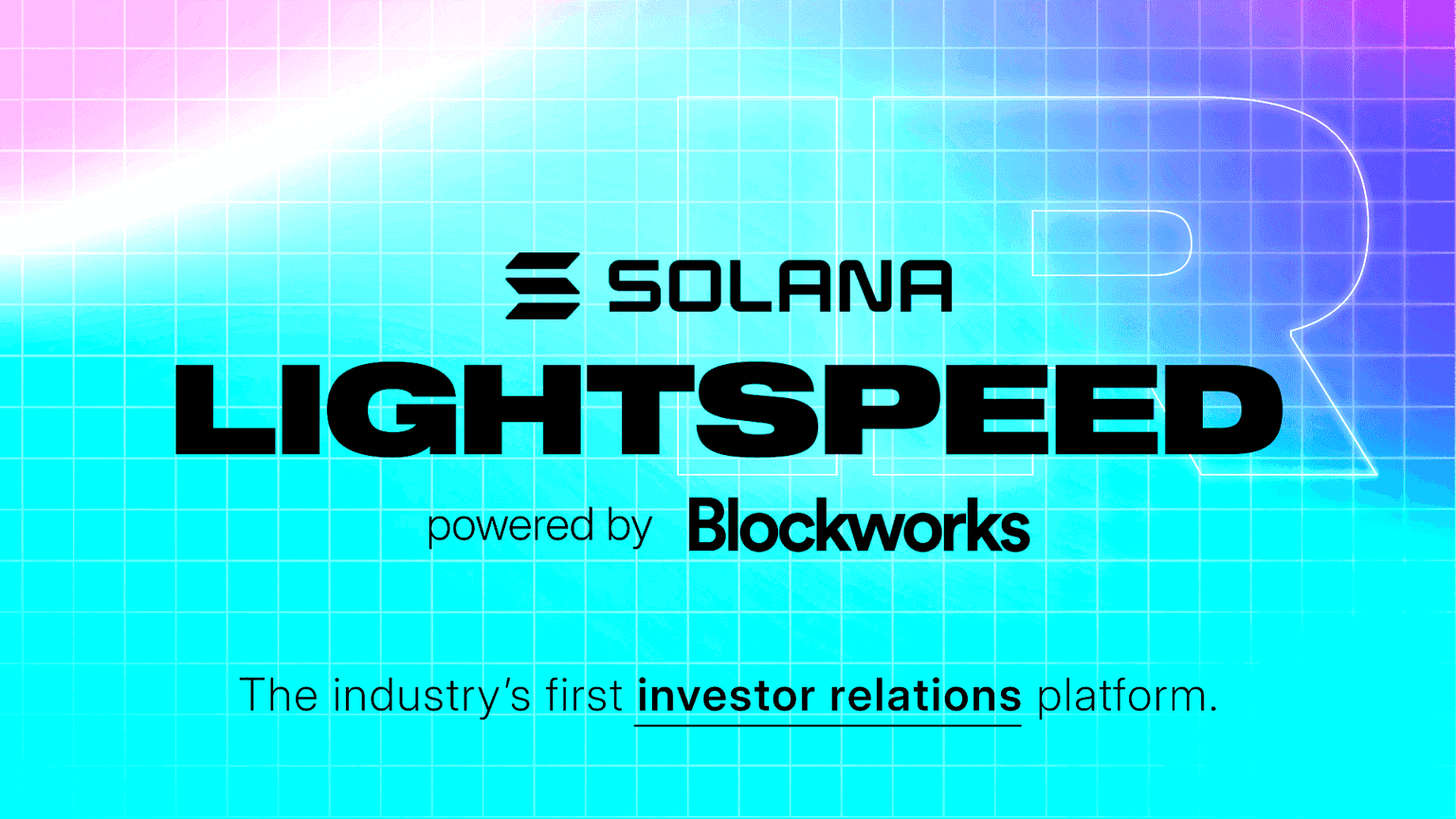Umbrella reshapes Aave staking
Real-time slashing, isolated vaults and a yield tug-of-war between sGHO and stkGHO

BackdropsX/Shutterstock and Adobe modified by Blockworks
This is a segment from the 0xResearch newsletter. To read full editions, subscribe.
Aave’s new Umbrella staking system went live yesterday, replacing the protocol’s once-theoretical insurance model with an onchain, automated safety net tied directly to individual assets.
The USDC and USDT vaults currently have yields greater than 10% on offer. But for GHO — Aave’s bespoke stablecoin — a mismatched reward structure is creating an odd dynamic for GHO holders in search of yield.
Since 2020, Aave’s Safety Module (SM) has served as a kind of backstop — stkAAVE and AAVE-ETH LPs (stkABPT) could be slashed in theory, but governance votes and political incentives meant that slashing never occurred — even after bad debt events like the 2022 Curve exploit. With Umbrella, Aave introduces an autonomous mechanism that slashes stakers in real time once bad debt in a particular asset exceeds a preset threshold.
The goal: make Aave’s insurance fund more credible, capital-efficient and aligned with real user behavior.
How Umbrella works
Each Umbrella vault is an ERC-4626 strategy for staking yield-bearing assets like Aave-deposited USDC, USDT and ETH, or by staking GHO. Users stake their token and earn both the underlying lending APY and an additional “Safety Incentive” stream. Rewards follow an S-shaped curve, with peak emissions at the vault’s “Target Liquidity” and tapering off above or below.
If a shortfall occurs, the protocol automatically burns the same asset from its vault after a configurable “first-loss offset” (currently 100,000 units per asset). There is no governance vote, no auction and no delay.
Like the legacy module, staked tokens remain locked for 20 days once withdrawal is requested, with a two-day window to exit.
Migration: New names, new risks
The shift to Umbrella brings some changes for existing stakers:
- stkAAVE and stkABPT remain active, but with slashing disabled. They now serve primarily as governance power with residual yield.
- stkGHO, a staking vault introduced last year, was automatically migrated into a new token: sGHO. Slashing risk and cooldowns were removed, but Aave’s Merit program continues to stream rewards — currently ~7% APY.
- A new stkGHO-Umbrella vault was launched for those willing to take on slashing risk.
Umbrella’s stkGHO deposits currently earn a ~5% APY — lower than the risk-free sGHO. That’s sparking user complaints and a governance forum discussion. Here’s the status quo:
| Token | Liquidity | Slashing | Cooldown | APY (as of June 6) | Funding |
| sGHO | Instant | None | None | ~7% | Merit/ASR |
| stkGHO | 20d lock | Up to 100% | Yes | ~5% | Umbrella emissions |
Due to overfunding of the GHO vault and absent a redirection of Merit rewards, stkGHO currently earns less than its risk-free counterpart.
But the opportunity in sGHO will be short-lived. Aave Improvement Proposal (AIP) drafts are circulating to fix this by either shifting Merit rewards or raising the vault’s emissions cap.
Assessing the risks
Umbrella introduces a higher probability of slashing compared to the legacy SM, since there’s no governance barrier. But the scope of slashing is narrower: You only lose funds if there’s bad debt in the specific asset you’ve staked, and only above the offset buffer.
Compared to holding AAVE (a volatile token backing generalized risk), staking stablecoins in Umbrella offers a more targeted risk-return profile. Still, liquidity lock-ups and smart contract risk remain.
Stakers chasing yield can rotate into under-target vaults (waUSDT or waWETH) for better APY. GHO holders could opt for sGHO now and switch over to stkGHO once the emissions patch lands.
Umbrella deployments on L2s are also on the roadmap. Long term, the legacy Safety Module may be retired entirely.
For now, Umbrella marks a shift from “opt-in protection” to credible, real-time insurance — a more tailored approach to putting staker skin in the game.
Get the news in your inbox. Explore Blockworks newsletters:
- The Breakdown: Decoding crypto and the markets. Daily.
- 0xResearch: Alpha in your inbox. Think like an analyst.






